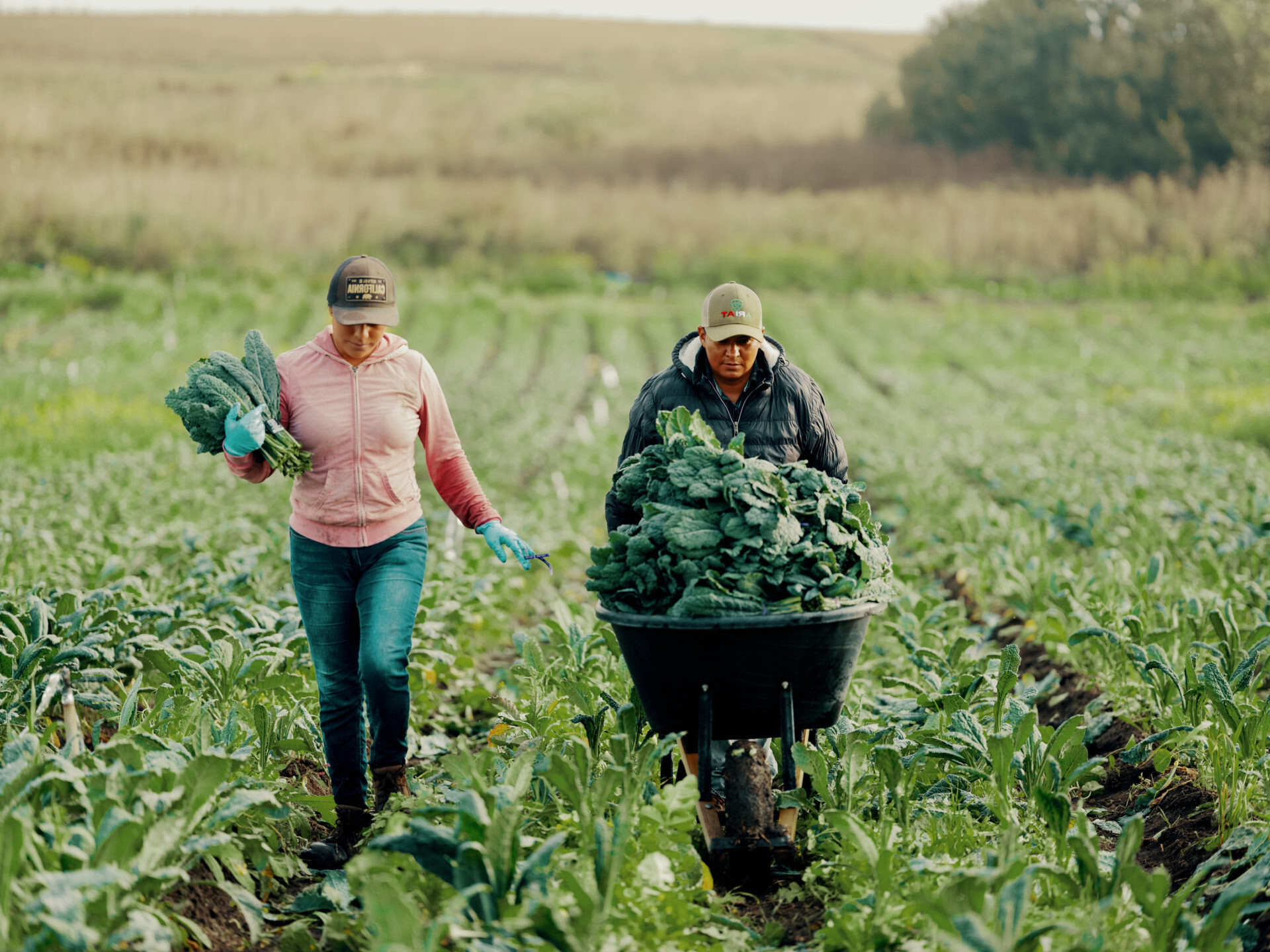
Harvesting is a crucial part of agriculture, marking the end of the growing season and the beginning of food production. But what exactly does it involve? Harvesting refers to the process of gathering mature crops from the fields. This can include grains, fruits, vegetables, and even flowers. Farmers use various methods, from traditional hand-picking to modern machinery, to ensure crops are collected efficiently. Timing is everything; harvesting too early or too late can affect the quality and quantity of the yield. Curious about the fascinating world of harvesting? Let’s dig into 25 intriguing facts that will give you a deeper understanding of this essential agricultural practice.
What is Harvesting?
Harvesting is the process of gathering mature crops from the fields. It marks the end of the growing season and the beginning of crop processing. Let's dive into some fascinating facts about this crucial agricultural activity.
-
Ancient Practice: Harvesting dates back to the dawn of agriculture, around 10,000 years ago.
-
Manual Labor: In many parts of the world, harvesting is still done by hand using tools like sickles and scythes.
-
Mechanization: Modern farms often use machines like combine harvesters to speed up the process.
-
Seasonal Work: Harvesting times vary depending on the crop and region, often aligning with specific seasons.
Tools and Techniques
Different tools and techniques have been developed over the centuries to make harvesting more efficient. Here are some interesting facts about them.
-
Sickles and Scythes: These ancient tools are still used today in some regions for cutting crops.
-
Threshing: This technique separates grains from the chaff and has evolved from manual methods to mechanical threshers.
-
Combine Harvesters: These machines combine reaping, threshing, and winnowing into one process.
-
Drones: Some modern farms use drones to monitor crop health and determine the best time to harvest.
Harvesting Around the World
Harvesting practices vary widely across different cultures and regions. Let's explore some unique methods and traditions.
-
Rice Harvesting in Asia: In many Asian countries, rice is harvested by hand and then threshed using traditional methods.
-
Grape Harvesting in Europe: European vineyards often use both manual and mechanical methods to harvest grapes for wine production.
-
Corn Harvesting in the USA: In the United States, corn is typically harvested using large combine harvesters.
-
Olive Harvesting in the Mediterranean: Olives are often harvested by shaking the trees so the fruits fall onto nets below.
Environmental Impact
Harvesting can have significant environmental impacts, both positive and negative. Here are some key points to consider.
-
Soil Health: Proper harvesting techniques can help maintain soil health by minimizing erosion.
-
Water Usage: Efficient harvesting can reduce water waste, especially in arid regions.
-
Carbon Footprint: Mechanized harvesting can increase carbon emissions, but newer technologies aim to reduce this impact.
-
Biodiversity: Harvesting can affect local biodiversity, especially if not managed sustainably.
Economic Importance
Harvesting plays a crucial role in the global economy. Here are some facts highlighting its economic significance.
-
Job Creation: Harvesting provides seasonal employment for millions of people worldwide.
-
Food Supply: It ensures a steady supply of food, which is essential for global food security.
-
Export Revenue: Many countries rely on harvested crops for export revenue, boosting their economies.
-
Technological Advancements: Innovations in harvesting technology can lead to increased productivity and economic growth.
Challenges in Harvesting
Despite its importance, harvesting faces several challenges. Let's look at some of the most pressing issues.
-
Labor Shortages: Many regions face a shortage of labor during peak harvesting seasons.
-
Climate Change: Changing weather patterns can disrupt harvesting schedules and reduce crop yields.
-
Pest Infestations: Pests can damage crops just before harvest, leading to significant losses.
-
Storage Issues: Proper storage facilities are essential to prevent post-harvest losses.
-
Market Fluctuations: Prices for harvested crops can fluctuate, affecting farmers' incomes.
The Final Harvest
Harvesting isn't just about gathering crops. It's a blend of tradition, science, and hard work. Farmers use a mix of old and new techniques to ensure the best yield. From ancient hand tools to modern machinery, each method has its place. Weather, soil, and crop type all play a role in how and when harvesting happens.
Understanding these facts gives a deeper appreciation for the food on our tables. Next time you bite into an apple or enjoy a bowl of rice, remember the journey it took from the field to your plate. Harvesting is a testament to human ingenuity and nature's bounty.
So, whether you're a farmer, a gardener, or just someone who loves food, knowing these facts can enrich your connection to the earth and its cycles. Happy harvesting!
Was this page helpful?
Our commitment to delivering trustworthy and engaging content is at the heart of what we do. Each fact on our site is contributed by real users like you, bringing a wealth of diverse insights and information. To ensure the highest standards of accuracy and reliability, our dedicated editors meticulously review each submission. This process guarantees that the facts we share are not only fascinating but also credible. Trust in our commitment to quality and authenticity as you explore and learn with us.


